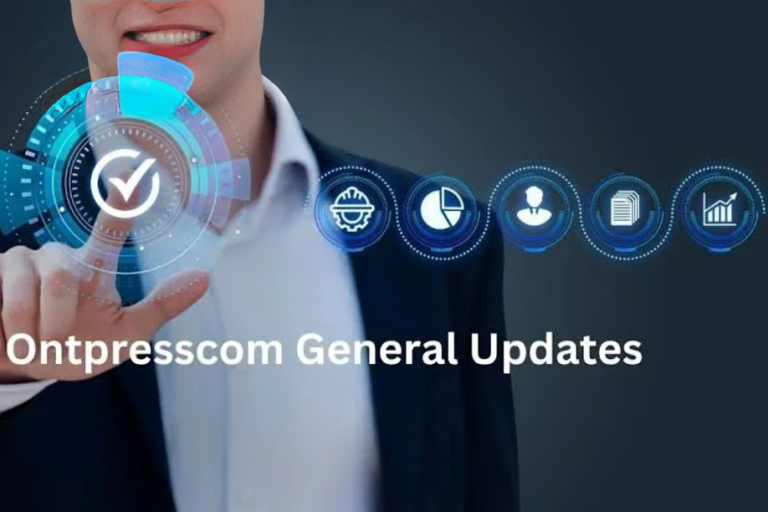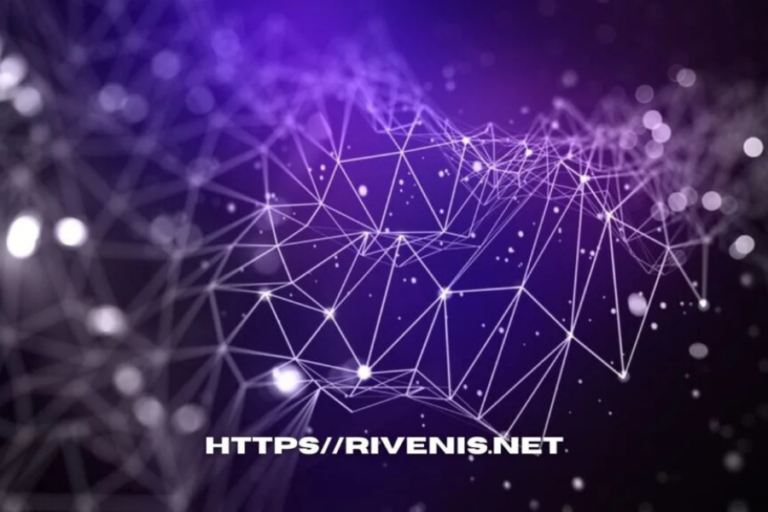GLNG vs GLNT: Enhancing Sportsmanship in the Gaming Community
Introduction
In the dynamic world of gaming, acronyms serve as a unique language that facilitates communication, strategy, and connection among players. Recently, two acronyms have gained significant traction: glng vs glnt. This article delves into the meanings of glng vs glnt, their importance within the gaming community, and how they influence gameplay and player interactions. Whether you’re a seasoned gamer or simply curious about gaming lingo, this comprehensive guide will illuminate the debate surrounding GLNG versus GLNT.
The Role of Acronyms in Gaming Culture
Gaming acronyms are shorthand terms that condense entire phrases into a few letters, making it easier for players to communicate quickly. Common examples include “LOL” for “laugh out loud” and “GG” for “good game.” Similarly, glng vs glnt have emerged as popular acronyms that enhance player communication.
- GLNG stands for “Good Luck, No Game,” and is often used at the start of a match.
- GLNT means “Good Luck, Nice Try,” typically expressed at the conclusion of a game.
Understanding and properly using these acronyms is crucial for effective communication in the gaming realm.
Exploring the Meaning and Significance of glng vs glnt
GLNG: Good Luck, No Game:
The acronym GLNG signifies “Good Luck, No Game.” It expresses goodwill towards opponents without implying any expectations regarding the game’s outcome. Players using GLNG acknowledge their opponents’ skills while maintaining a neutral stance, reflecting humility and respect.
Key Characteristics of GLNG:
Promoting Good Sportsmanship: GLNG encourages players to value the experience and effort of the game more than the final result.
Neutrality: This phrase avoids boasting or arrogance, focusing on the gaming experience rather than the scoreboard.
Fostering Community: By using GLNG, players contribute to a culture of respect and camaraderie within the gaming community.
GLNT: Good Luck, Nice Try:
In contrast, GLNT stands for “Good Luck, Nice Try.” This phrase is typically used at the end of a match to acknowledge an opponent’s effort and skill, regardless of the outcome. GLNT carries a more personal touch, providing encouragement and recognition.
Key Characteristics of GLNT:
Encouragement: GLNT serves as a motivational boost for players to continue improving their skills.
Recognition: It acknowledges the effort and talent of opponents, fostering a respectful atmosphere.
Positive Interaction: By using GLNT, players contribute to a more supportive gaming experience, minimizing hostility.
The Impact of glng vs glnt on Gameplay
Enhancing Player Morale:Both glng vs glnt significantly boost players’ morale. By using these positive affirmations at the start or end of a game, players feel valued and encouraged, enhancing their overall gaming experience. When players perceive respect and acknowledgment, they are more likely to remain engaged and motivated to improve their skills. This creates a vibrant and dynamic gaming community.
Cultivating a Friendly Gaming Environment:A thriving gaming community is built on mutual respect and positive interactions. Acronyms like glng vs glnt play a crucial role in establishing an uplifting environment. Such respectful communication fosters trust among players, enabling them to collaborate or compete in a friendly manner.
Mitigating Toxicity in Gaming:Toxicity has become a significant concern in the gaming world, often discouraging players from participating. Acronyms like glng vs glnt help combat this negativity by promoting respectful communication and discouraging toxic behavior. By setting a standard of positivity, players can collectively shift the culture of gaming towards a more inclusive and supportive environment.
Practical Applications of glng vs glnt in Gaming
Effective In-Game Communication:
For newcomers, understanding when and how to use glng vs glnt can be challenging. Here are some practical tips:
At the Start of a Game: Use GLNG to wish opponents good luck, establishing a sportsmanlike atmosphere from the beginning.
At the End of a Game: Use GLNT to commend opponents for their efforts, reinforcing the value of hard work, regardless of the outcome.
Promoting Good Sportsmanship: If an opponent uses GLNG or GLNT, reciprocating fosters an environment of mutual respect and encourages further positive behavior.
Utilizing Acronyms in Gaming Communities:
glng vs glnt are not limited to in-game communication. They can also be employed in gaming forums, chat rooms, and social media, fostering a sense of community. Examples include:
Forum Discussions: When sharing gaming tips or experiences, conclude your post with GLNG to create a friendly atmosphere.
Post-Match Analysis: After reviewing a game, use GLNT to recognize players’ skills and efforts, promoting appreciation and constructive feedback.
Community Events: During tournaments or community gatherings, glng vs glnt can be used to support participants, fostering respect and camaraderie.
The Evolution of glng vs glnt in Gaming Culture
Historical Background:
Acronyms have been a staple in gaming culture since the early days of online multiplayer games. As gaming communities expanded, efficient communication methods emerged in the form of shorthand. glng vs glnt are part of this evolving vocabulary, encapsulating sportsmanship and positive interactions.
Contemporary Trends and Usage:
Today, glng vs glnt have become prominent in modern gaming culture. Their usage extends beyond individual games, connecting players across different platforms and genres. As gaming continues to evolve with trends and technologies, the meanings of these acronyms are likely to remain ingrained in the language of gaming.
The Influence of Social Media:
Social media has played a significant role in popularizing glng vs glnt. Gamers frequently use these acronyms in posts, comments, and discussions, creating a shared language that transcends specific games. This widespread adoption fosters a sense of unity among players worldwide.
Tips for Promoting Positive Communication in Gaming
Lead by Example:
Setting a positive example is one of the most effective ways to encourage the use of glng vs glnt. When you consistently employ these acronyms in your interactions, others are likely to follow suit, creating a more respectful gaming environment.
Educate New Players:
New gamers may not be familiar with these acronyms or the importance of positive communication. Taking the time to explain glng vs glnt can help newcomers feel welcome and empowered to adopt positive behaviors.
Address Negative Behavior Respectfully:
If you encounter toxicity while gaming, calmly addressing it with respect can help shift the conversation. Encourage the use of glng vs glnt as alternatives to negative comments, demonstrating how positive communication can enhance the gaming experience.
Support Community Initiatives:
Many gaming communities prioritize positive communication and sportsmanship, including the use of glng vs glnt. Get involved in community events, share resources, and raise awareness about the significance of respectful interactions. Your contributions can help foster a more inclusive gaming culture.
Conclusion
Positive communication is essential in the competitive world of gaming, and acronyms like glng vs glnt embody the principles of sportsmanship, respect, and encouragement. By understanding and utilizing these acronyms, players can foster a more supportive and enjoyable gaming community. Ultimately, embracing positive interactions will contribute to the evolution of gaming culture, enhancing experiences for all players involved.
FAQs
1. What does GLNG stand for in gaming?
GLNG stands for “Good Luck, No Game.” It is used to wish opponents good luck while implying that the outcome of the game is uncertain. This phrase emphasizes sportsmanship and a neutral stance regarding the game’s result.
2. What does GLNT mean in the gaming community?
GLNT stands for “Good Luck, Nice Try.” This acronym is typically used at the end of a match to acknowledge the efforts of opponents, regardless of the final score. It serves as a form of encouragement and recognition for the player’s skills.
3. How do GLNG and GLNT contribute to a positive gaming environment?
Both acronyms promote respect and sportsmanship among players. GLNG fosters a neutral and humble approach at the start of a match, while GLNT offers encouragement and recognition at the end. Together, they help reduce toxicity and improve overall player morale.
4. When should I use GLNG and GLNT?
Use GLNG before a game to wish opponents good luck without implying any assumptions about the outcome. After a match, use GLNT to commend opponents on their effort and skills, regardless of who won.
5. Are GLNG and GLNT widely recognized across different games?
Yes, these acronyms have gained popularity across various gaming communities, especially in online multiplayer games. They are part of a growing vocabulary that emphasizes positive communication and sportsmanship.
6. How can I encourage others to use GLNG and GLNT?
Set an example by consistently using these acronyms in your gaming communications. Additionally, educate new players about their meanings and the importance of positive interactions in the gaming community.
7. What is the impact of using GLNG and GLNT on player interactions?
Using GLNG and GLNT positively influences player interactions by promoting mutual respect and sportsmanship. This leads to a more enjoyable gaming experience and fosters a sense of community among players.
8. Can I use GLNG and GLNT in gaming forums and social media?
Absolutely! These acronyms can be used in gaming forums, chats, and social media posts to foster a friendly atmosphere and encourage respectful communication among gamers.
9. How do GLNG and GLNT relate to toxicity in gaming?
By encouraging positive communication and respectful interactions, GLNG and GLNT can help mitigate toxicity in gaming. They set a standard for how players should treat each other, leading to a healthier gaming environment.
10. Are there other similar acronyms used in gaming?
Yes, the gaming community has developed various acronyms to facilitate communication and foster positive interactions. Some examples include LOL (Laugh Out Loud), GG (Good Game), and AFK (Away From Keyboard). Each serves a different purpose but contributes to the unique language of gaming.
Stay informed about celebrity events and happenings on nycheading.






